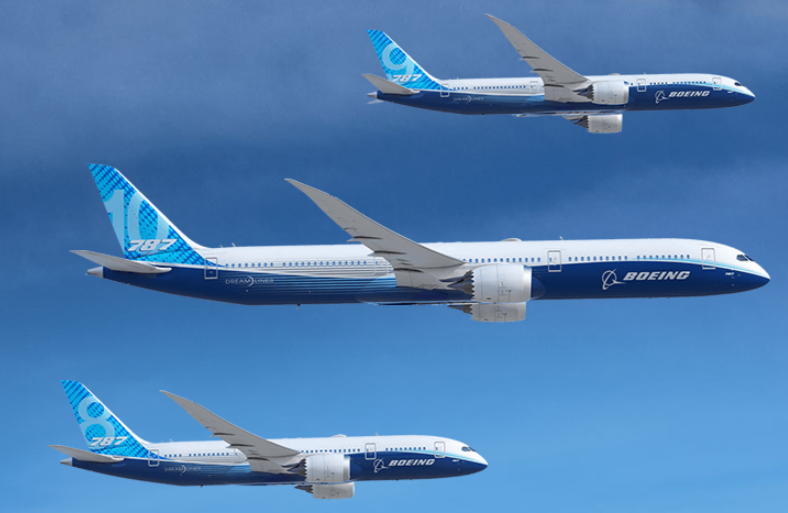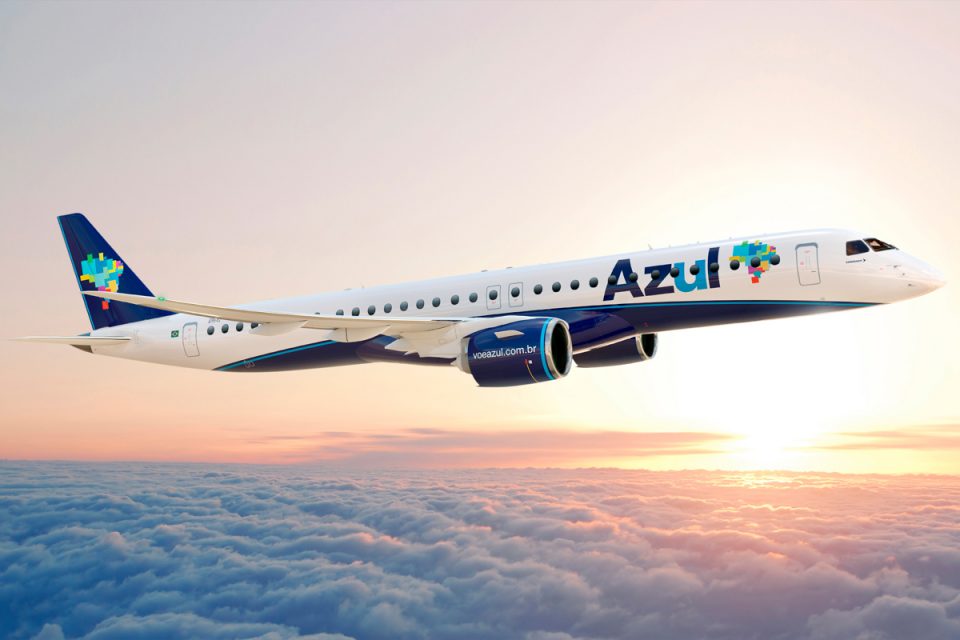Leeham News and Analysis
There's more to real news than a news release.
2021 fleet trends: small jets get bigger, bigger jets get smaller – and the old makes way for the new
Subscription Required
By Judson Rollins
Introduction
May 13, 2021, © Leeham News: Aviation data provider Cirium said last week that just under 7,850 commercial aircraft were still in storage, down from 8,684 at the beginning of the year and a peak of 16,522 at the apex of the COVID-19 crisis last April.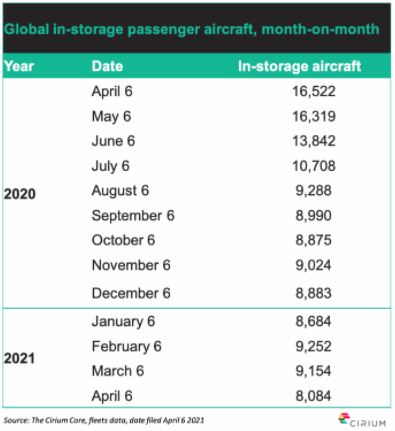
Although there was an initial spike in aircraft retirements in March and April 2020, the total number has stayed in line with historical norms to date. However, order books for most types have stagnated or even gone backward since the start of the pandemic.
A few trends are becoming clear: larger single-aisles are thriving, larger twin-aisles are disappearing, and sub-100-seat orders are flatlining. Not surprisingly, older-generation aircraft are disappearing at an accelerated rate.
Summary
- Airlines are upgauging their single-aisle orders in anticipation of lower yields and competitive battles.
- Widebody order books continue to struggle; the bigger the airplane, the worse the demand.
- Regional jet and turboprop order backlogs have stagnated.
Embraer shows some improvement YOY
April 29, 2021, © Leeham News: Embraer posted improvement in some of its year-over-year financial results today.
Revenue for the first quarter was up 27.3%, from $633.9m to $807.3m. The 1Q20 period was largely unaffected by the global COVID-19 pandemic, which didn’t hit until March 10. But Embraer Commercial was at a standstill, awaiting approval from the European Union on the proposed joint venture with Boeing. (Boeing terminated the JV late in April.)
Embraer reported an EBIT loss last year of $46.9m. It still reported a loss this year, of $33.1m. Adjusted net losses for the two quarters weren’t much different: $104m in 1Q20 vs $95.9m this year. But Net income attributable to shareholders improved from a loss of $292m to a loss of $89.7m.
Adjusted Free Cash Flow remained negative YOY but improved from $676.5m to $226.6m.
Embraer delivered nine E-Jets, including five E195-E2s, and 13 executive jets during the quarter. Post quarter, EMB signed a firm order for 30 E-195 E2s with an unidentified customer. Deliveries begin in 2022.
Initial analyst reaction is below.
Embraer 2020 results
By Bjorn Fehrm
March 19, 2021, ©. Leeham News: Embraer presented its full-year 2020 results today. Revenue for 2020 was down 31% at $3,771m versus $5,463m in 2019. The resulting loss was $323m, compared with $77m 2019.
The company managed to stay cash neutral with $2.8bn at exit 2020, the same as when exiting 2019. Due to the uncertainty of how COVID-19 develops during 2021, there was no 2021 guidance.
Small jet demand likely to stay depressed after COVID
Subscription Required
By Judson Rollins
Introduction
January 25, 2020, © Leeham News: As passenger travel trickles back to life, one trend that’s already apparent is a long-term diminution of airline yields in most regions.
This is largely driven by a reduction in business travel, some of which is likely to never return.
Regional jets and small single-aisles like the Airbus A220 and Embraer’s E2 family have higher unit cost, or cost per available seat-mile (CASM), than larger aircraft like the Boeing 737 or Airbus A320.
Achieving an operating profit with smaller jets requires high unit revenue, or revenue per available seat-mile (RASM). This will be difficult to achieve in a world where business travel is still down 70%-80% this year, even with a vaccine – and may be down 30% or more permanently.
What role will these smaller jets have after the pandemic? And will production match this new reality? A closer look is required.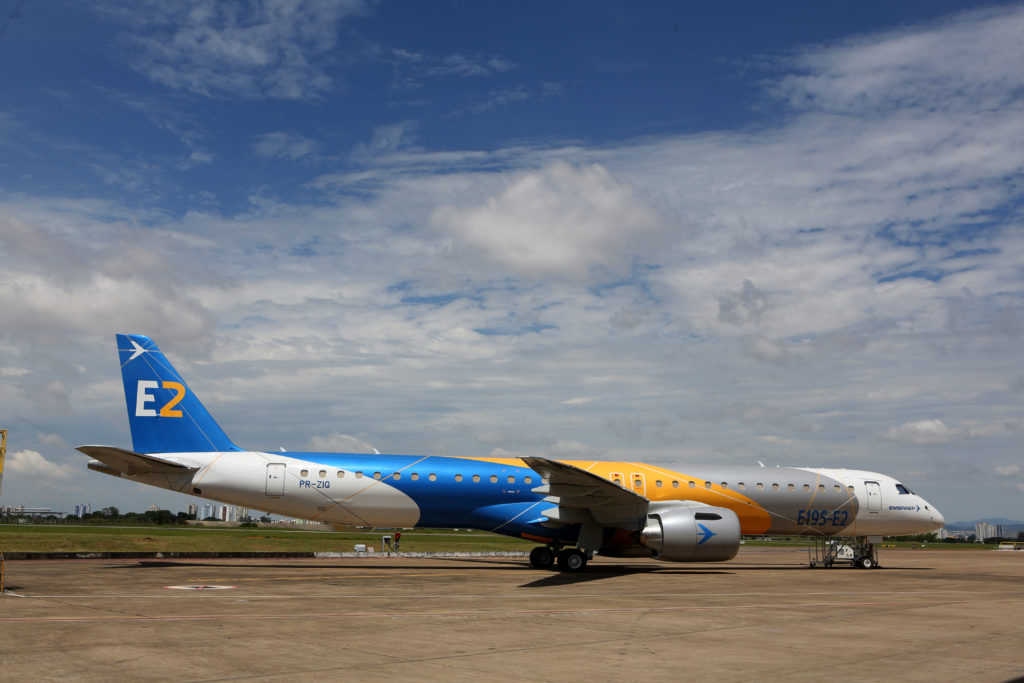
Summary
- Regional jets and smaller single-aisles have higher unit costs.
- High costs require higher unit revenue to be profitable.
- Business travel likely slow to return, with some permanently impaired.
- Smaller jets previously used for routes now in danger of demand fragmentation.
HOTR: Boeing could further cut 787 production rate—JP Morgan
By the Leeham News Staff
Jan. 20, 2021, © Leeham News: There is risk of another production rate cut for the 787, JP Morgan wrote in a Jan. 12 note.
Boeing already is reducing the rate to 5/mo this year. There are an estimated 60 787s in inventory due to production and quality control issues discovered last year that halted deliveries in November-December.
Outlook 2021: Embraer faces recovery from failed JV, COVID
Subscription Required
By Bjorn Fehrm and Vincent Valery
Introduction
Jan. 7, 2021, © Leeham News: Embraer faces the twin challenges this year: recovering from the aborted Boeing joint venture and COVID.
Neither is going to be easy.
Embraer reintegrated the Commercial Aviation and 60% of its services unit back into the parent company.
Recovering from COVID depends on how soon and widespread vaccinations are accepted worldwide.
And, the E-Jet product line with its latest E2 variant has challenges.
Summary
- Overcoming the failed Boeing tie-up.
- Abating competition.
- Positive market outlook.
- E1 customers in one market…
- And E2 customers in the others.
Pontifications: Outlook 2021 Series begins today
Jan. 4, 2021, © Leeham News: Beginning today through next week, Leeham News presents its annual Outlook series for the coming year.
We’ve been doing this for years. In recent years, the Outlook reflected continued growth in commercial aviation. The industry had the longest upward tick in the more than three decades I’ve been involved in the sector.
Not this year. As I wrote before the Christmas-New Year’s holiday period, 2020 was the worst year for commercial aviation I’ve ever seen in 41 years.
This year is the beginning of the end of the COVID crisis. Yes, the vaccines began distribution in December, but large spikes in COVID cases began simultaneously and are predicted to climb higher through the first quarter.
Over the coming days, as LNA provides its Outlook for 2021, readers will see what we believe will happen.
Podcast: 10 Minutes About Embraer’s Turboprop
Dec. 7, 2020, (c) Leeham News: Embraer studies whether to develop a new generation turboprop to compete with and replace the ATR-72 and De Havilland Canada Dash 8-400. Both of these airplanes were designed in the 1980-90s, although each went through updates and modernization.
Havilland Canada Dash 8-400. Both of these airplanes were designed in the 1980-90s, although each went through updates and modernization.
Developing a new turboprop has lots of challenges. Not the least is the size of the market.
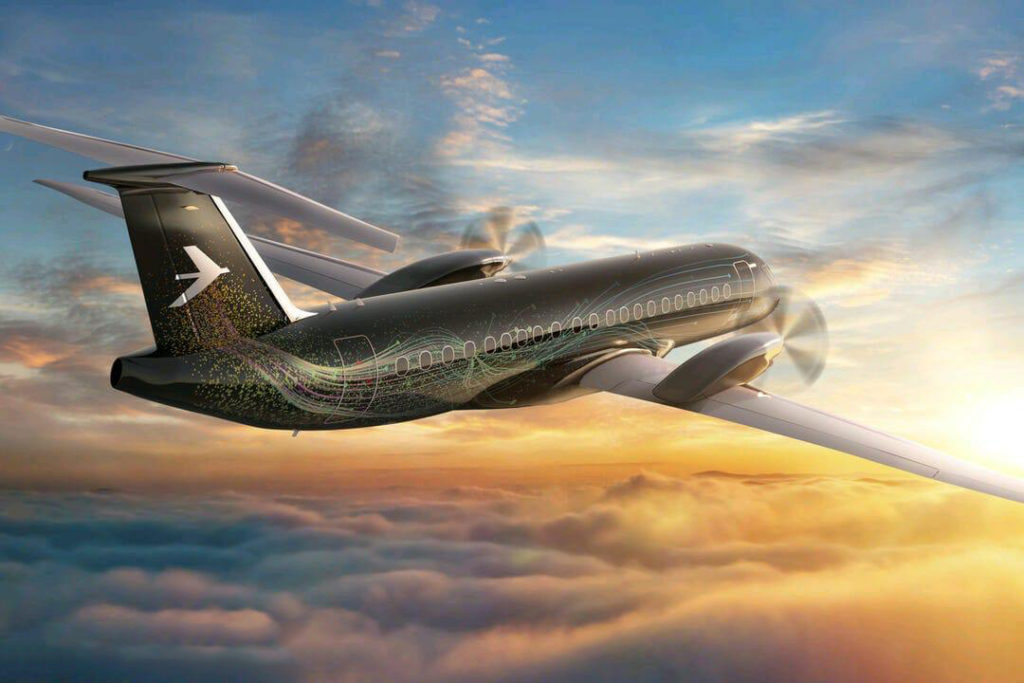
Embraer’s preliminary concept for a new generation turboprop airliners. Source: Embraer.
LNA’s Scott Hamilton and Bjorn Fehrm discuss the Embraer “E3” concept in the next installment of the “10 Minutes About” series of podcasts.



